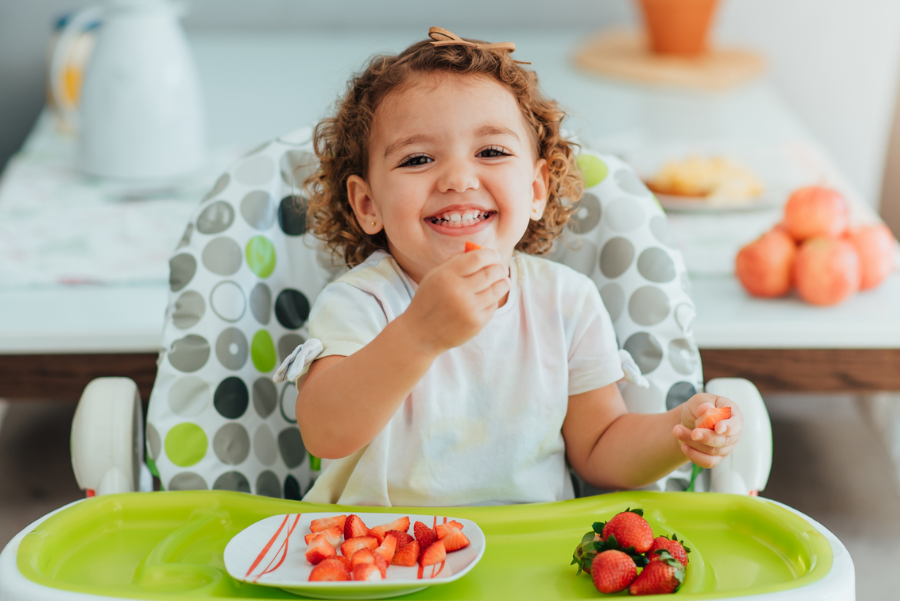
Healthy Snack Time & Lunchbox Ideas for Toddlers
At Play Sense, we have a play-based learning program to suit every family. Enrol your little one and give them the best start to learning. Get in touch to find out more.
Kath Megaw is a leading paediatric dietician and the founder of Nutripaeds. In this webinar, she shares nutritional advice and guidance for choosing healthy snacks for your toddler. Kath also touches on allergens and her top tips for packing your toddlers lunch box.
Toddlers are in between babies and preschoolers, and are very unique. They are explorative, physical, energetic, and have short attention spans. They vacillate between wanting to be independent and wanting to be cuddled and fed. They are fearless and yet fearful at the same time.
Kath explains why this is important when it comes how to approach feeding toddlers. Foods need to be easy to eat and interesting, and meal and snack times should be quick and easy. Distractions should be avoided and attention diverted to keep toddlers engaged.
Kath also talks about the fact that taste buds can change rapidly in toddlers, and that food boundaries and consistency are important for their feeling of safety and security during meal times.
Here are some of Kath’s top tips for packing toddler lunchboxes:
- Pack bite-sized food that is quick and easy to eat, and limit variety to three or four choices to avoid overwhelming your child with too much food.
- Encourage handheld foods and avoid sending utensils to school, unless it’s a meal provided by the school.
- Keep it simple and pack the lunchbox in 10 minutes to save time and money.
- Don’t include every conceivable option and avoid fresh fruit unless you’re sure it will still look good.
- For protein, use biltong, droewors, nut butter balls, cold meats, meatballs, and cheese bricks.
- For starches, use crackers, mini wraps, mini pizzas, low GI bread, or corn/mini rice cakes.
- Shoot for some colors in the lunch box like seedless grapes, carrots, and cucumber sticks, but avoid fruits and veggies that tend to discolour.
In summary, Kath recommends keeping the lunch box simple and to include protein, fat, healthy starch, and color.
Kath also offers alternatives when it comes to the management of allergies in toddlers’ lunch boxes. Managing allergies is not difficult in this day and age when parents can easily find substitutes for allergen-containing foods.
Kath stresses the importance of social eating and developing independent eating habits in toddlers. She also offers a top tip to rethink lunch for toddlers by breaking it into two parts, a “lunch snack” before their nap and a small snack after their nap.
Kath closes by reminding parents that that they are responsible for what their toddlers eat, but it’s important to provide familiar and enjoyable foods. The purpose of the lunchbox is to set toddlers up for success, not to force them to eat everything. It’s also important to remember that toddlers go through phases of picky eating, but this will pass.
For more useful insights and practical tips on packing lunch boxes and feeding your toddlers successfully, watch the video above and download our free snack guide packed with easy, delicious recipes your toddler will love. You won’t regret it!